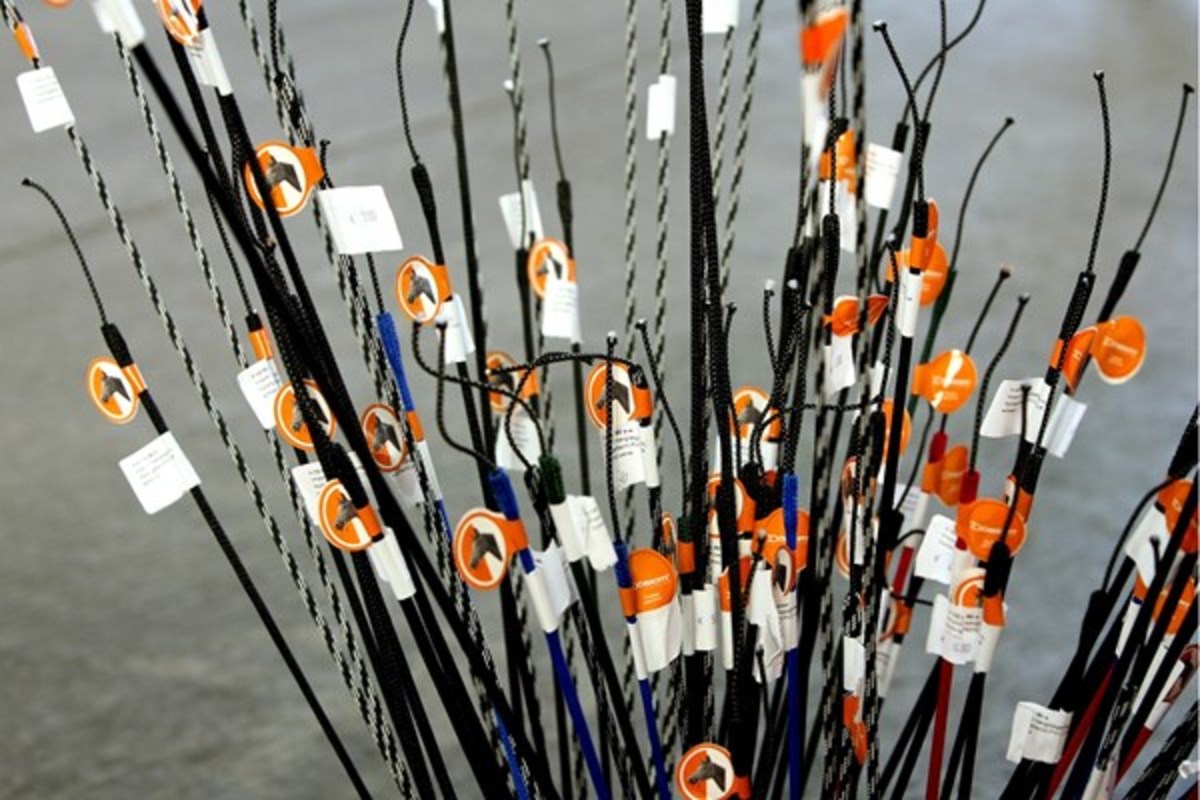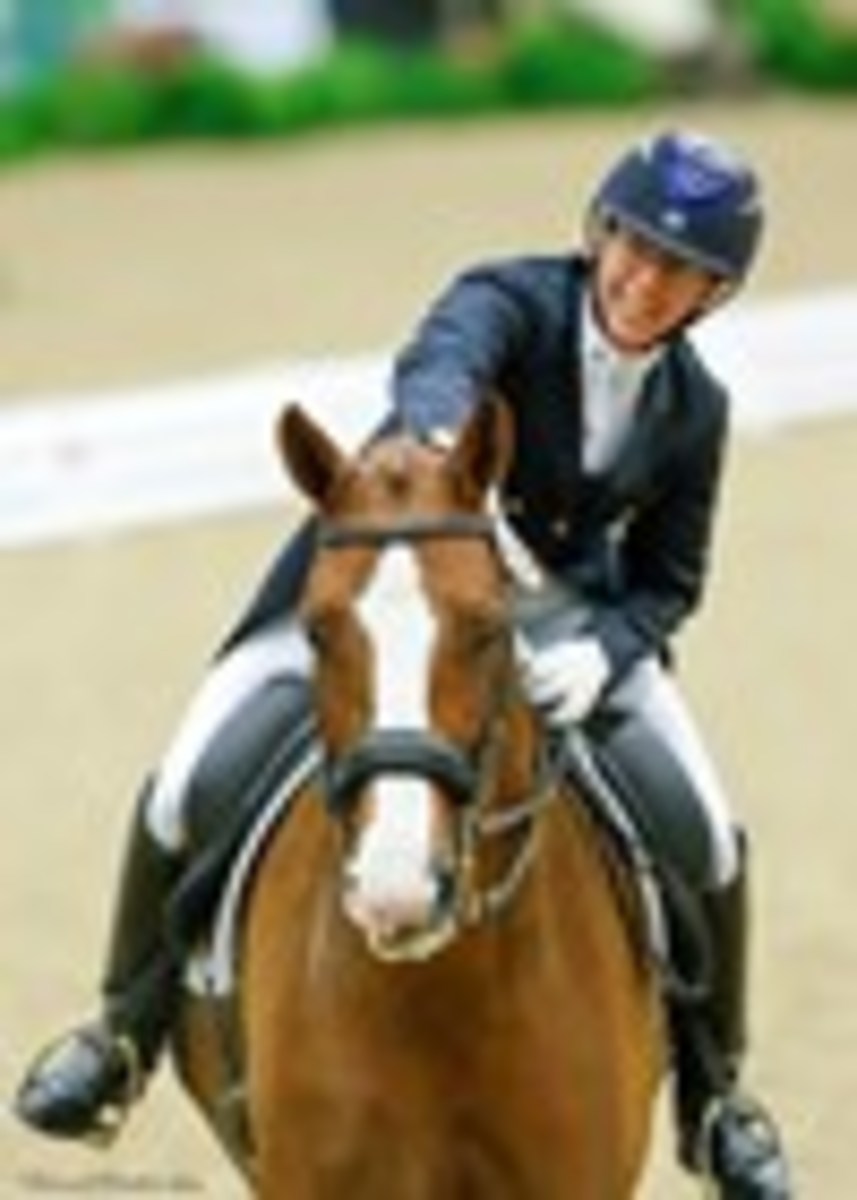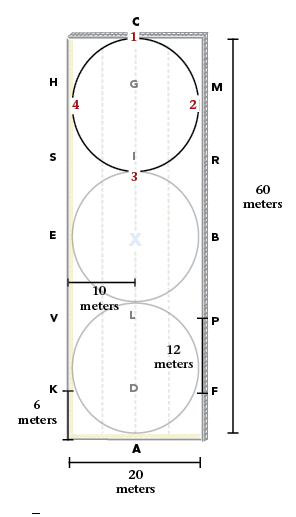Q: I am a new student of dressage and am confused about some of the rules. For example, why should I always post the trot when the outside front leg moves forward? And why do I always need to carry my whip on the inside? Are these rules tradition or do they serve a purpose? —Nancy Harris of Arlington, Virginia
A: There is a specific rule in the USEF Rule Book regarding posting on the diagonal during rising trot. It refers to the correct diagonal as being when the rider is sitting when the horse’s outside front foot and the inside hind foot are on the ground. This is commonly referred to as the “outside diagonal.”
Therefore, it makes sense to change your posting diagonal as you change direction in order to stay on the correct diagonal.
However, if you do not change your diagonal, there is no error specifically deducted for that, but if your horse loses balance or rhythm, the judge will penalize and most likely suggest that a change in posting diagonals may have helped your horse balance more easily. The correct place to change your diagonal is when the bend changes on a curved line or in the middle of the diagonal. However, during a trot lengthening, it is important not to disrupt the horse’s balance with a change of diagonal, so, in this case, it is better to wait until the transition back to working trot has been made.
Sitting when the inside hind leg is on the ground allows you to influence it more easily, simply because you will find it easier to use the leg while sitting and, therefore, you can ask your horse for more engagement while his inside hind leg is still on the ground. Without your weight on the next step as you rise, the horse’s inside hind leg can move more freely as it leaves the ground. As the inside hind leg swings more under the body and becomes stronger, it improves the horse’s self-carriage, allowing the forehand to lighten and the horse to become more mobile and free in the shoulders. It is also true that whichever leg you are sitting to will be bearing more weight at that time. Therefore, if you always post on the same diagonal, your horse will develop strength unevenly. So during training, it is important to spend an equal amount of time on both posting diagonals.
One exception I can think of, where it may not be beneficial to rise on the outside diagonal, is the shallow trot loops at Training Level, where the bend changes twice in a short period of time. Some young horses who are nervous may stay more settled without the rider changing diagonals twice. Likewise, some riders who are not yet coordinated may be able to ride a smoother, better-balanced movement (or trot) staying on one diagonal.

The second part of your question is about carrying the whip. There is no written rule regarding which hand to carry the whip in. In general, I recommend carrying the whip in the hand on the side where the horse is less responsive to your leg, as this avoids switching the whip during a test, which can interrupt the flow if it is not necessary. With a horse who may spook away from the arena boards, carrying the whip on the inside can be an extremely helpful reminder to listen to your inside leg and not leave the rail. Likewise, on a horse who likes to leave the arena, it may be more important to carry the whip on the outside. Knowing your horse and how he may respond to each new situation (at home and at shows) will help you decide in which hand to carry the whip.

Heather Mason is a USEF “S” judge and a USDF bronze, silver and gold medalist. She has competed successfully in Grand Prix Championships, North American Dressage Championships and the U.S. Dressage Finals. She has won multiple USDF Horse of the Year and All Breed Awards and Regional Championships. In 2011, she was named one of the alternates for the Pan-American Games with Warsteiner. She operates Flying Change Farm in Lebanon, New Jersey.











